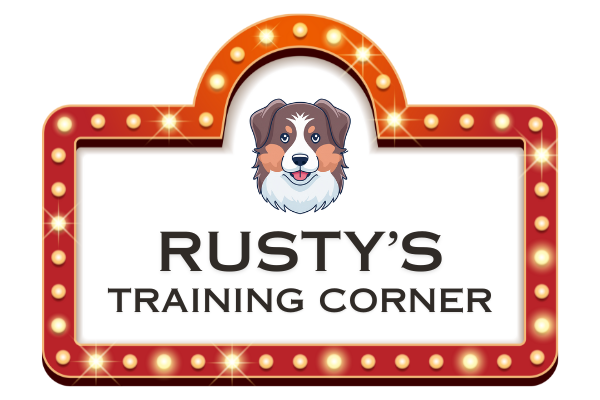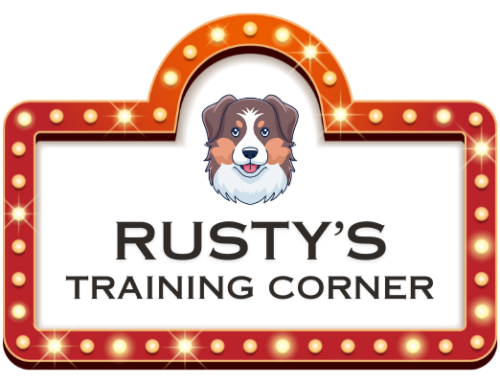- Only option to a “stay” should be a “release”… nothing else!
- Unlike the other cues, this is one you’ll teach using both verbal and visual cues from the very beginning…
- Be sure to first establish a release command that you will use with your dog, such as “free” or “release,” before teaching this command.
- Most common mistake teaching stay, is that we try to go right for distance and duration… telling the dog to stay, and then walking away from him/her. The dog will follow you every time!
- When teaching stay, DO NOT: Click when you are away from the dog… Use high pitched praises, until you are releasing dog from the stay… Keep your hand extended in a stay cue at all times… Turn your back on the dog… Leave the dog’s sight…
- Start by doing several rounds in front of the dog first (become the treat vending machine). Do not move away from in front of the dog.
- Put your dog into the position you would like him/her to stay in (use your sit, down command) and stand directly in front of him.
- The next step is to add a verbal command and hand signal. It goes like this – once again stand directly in front of your dog and place him in the position you would like him to stay in. Now as soon as he is in the desired position say “stay” and at the same time hold your hand out in front of you, with your palm facing out towards your dog’s nose (like a stop sign motion).
- After waiting a second or two click, praise and reward your dog for staying in this position (sit-stay or down-stay etc.). Repeat this process over and over, gradually increasing the time between your “stay” command and your click, praise and treat. What you are doing is building an association in your dog’s mind between your verbal “stay” command and the act of staying in the one spot.
- Just take it slowly and if your dog breaks out of the stay at any time before you have given him the release command, simply say “aah-aah”! Don’t give the treat, but simply start the process again.
- You’ve now got the stay command sorted – in it’s most basic form anyway.
- It’s now time to add some other variables and build upon it. Many trainers label this proofing stage as the three D’s – Duration, Distance and Distractions. Up until now (in steps 1 and 2) you have been working in a familiar environment free from distractions and you’ve just been standing right in front of your dog. Let’s mix it up a little, adding one new variable at a time.
- Start out by issuing your “stay” command with your verbal and hand signal, now take a step backwards, pause, then step back towards your dog. If your dog has remained in his sit-stay or down-stay, click, praise him and give him a tasty treat. Continue to repeat this process, gradually increasing the amount of steps you take back – always remember to return back to your dog before you click or reward him. Keep in mind what it is you are actually rewarding him for (the stay) and if he gets up to move away he shouldn’t be receiving a reward or treat. Also remember to keep praise very calm until the release. Excited praise many times will cause your dog to break their stay prematurely.
- The next challenge you can add to the stay command is to move your training session to a different location, possibly somewhere with a few distractions such as other people or animals. Remember take it slowly and only add one new variable at a time. Another good idea is to practice your stays anytime throughout the day. For example make your dog “stay” when you go out to collect the mail or “stay” when you are preparing his dinner.
- Note: When training a dog to stay do not keep your dog in a sit-stay for more than 2 or 3 minutes. If you need your dog to stay for longer periods use the down-stay.
The advice and tips provided in this dog training blog post are based on general best practices and personal experiences. Please consult a professional dog trainer or veterinarian for specific issues or before starting any new training regimen with your dog.




